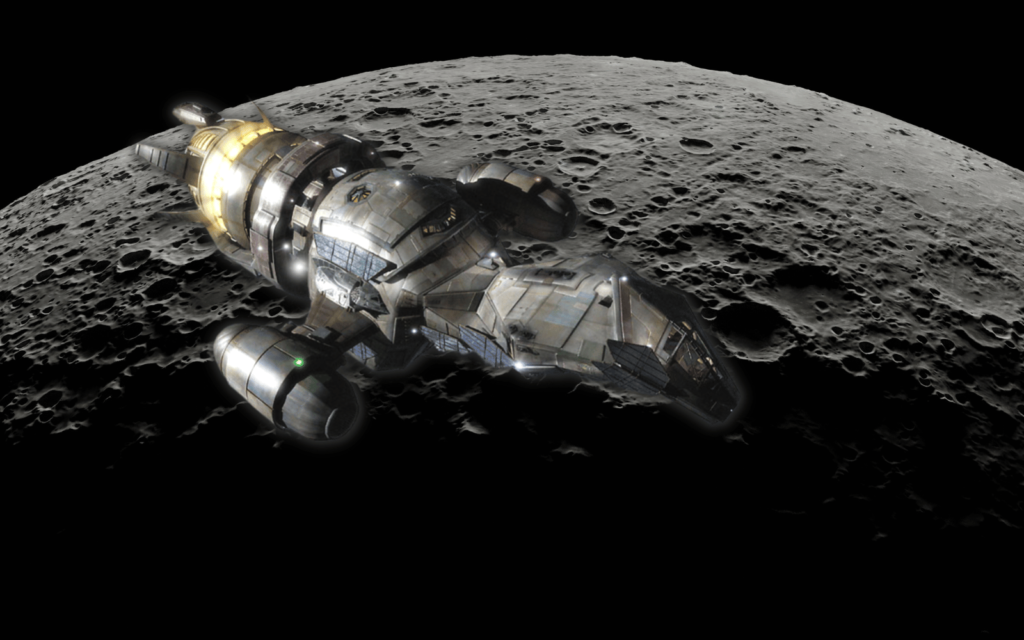Firefly Aerospace has been in the works for a couple of years now. It launched an unsuccessful rocket in 2021 followed by a more effective launch last year. Now, the company is branching out, thanks to a new NASA contract.
Rather than just orbital insertions, the company has been contracted to drop a lunar lander or two on the far side of the Moon’s surface. The newly awarded NASA contract is worth a little over R2 billion (roughly $112 million) and called for the delivery of “…two agency payloads, as well as communication and data relay satellite for lunar orbit”.
Another season for Firefly
The space company will have to deliver around 500kg of hardware to the far side of the Moon, “…one of the best locations in the solar system for making radio observations shielded from the noise generated by our home planet”. Included in this is the Lunar Surface Electromagnetics Experiment-Night pathfinder, a device that will peer into the so-called ‘Dark Ages’ of the universe.
Read More: Lunar-cy? Creative tech startup wants to start building data centres on the Moon
Also headed to space on a Firefly rocket/lander are the Lunar Pathfinder and a device called a User Terminal. The Lunar Pathfinder isn’t bound for the lunar surface. It’s a lunar orbital communications and data relay satellite that will facilitate communications on future lunar missions. The European Space Agency (ESA) are working on the Lunar Pathfinder along with NASA. The User Terminal uses a new S-Band Proximity-1 space communication protocol (we don’t know what that is either) to allow the ground and orbital hardware to communicate with each other. Firefly’s job is to get them all there.
Nicola Fox, associate administrator at the Science Mission Directorate at NASA, said, “NASA continues to look at ways to learn more about our universe. Going to the lunar far side will help scientists understand some of the fundamental physics processes that occurred during the early evolution of the universe.”



